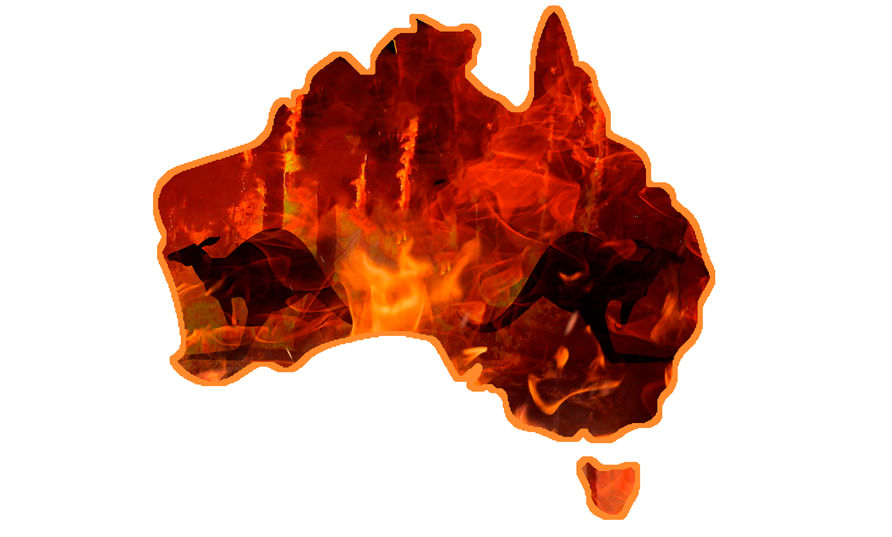Activity 2d: Climate change and disruptions to supply

1. Extreme weather events, particularly floods, have caused widespread loss to crops negatively impacts on agricultural supplies. In addition, the floods have caused damage to infrastructure (e.g. roads and bridges) which have negatively impacted on the supply of goods across regions, which negatively impacted on supply for many trading businesses relying on those goods. The damages also resulted in negative supply side effects for services industries, such as telecommunications with damage to mobile phone towers. Destructions to towns/regions also impacted negatively on tourism and accommodation services as hotels and tourism operators could not supply their services to the same quality (standard) or volume (quantity) as before. Ongoing climate change and its negative effects will negatively impact on the supply of goods and services into the future, such as the damage to the great barrier reef that affects the tourism industry.
2. A disruption of supply caused by climate change is going to make it harder for the farmers to supply wheat at each price level. Therefore, the supply curve will shift to the left.
3. A bushfire might result in:
- Closure of businesses
- Destruction of infrastructure so stock cannot be delivered
- Electricity might be cut off
- Higher insurance premiums could reduce the viability of some businesses, so they close down
4. The government might respond to climate change by introducing a carbon tax. Even if this is not levied on individual businesses then it would flow through via electricity prices which would raise their cost of production. If climate change results in more bushfires, then the government might also require businesses to meet more stringent building requirements which would make them more expensive to build. This might flow through to more expensive rents and or debt servicing costs.
It is anticipated that with more disruptive weather patterns then insurance premiums might increase, resulting in higher costs of production.
5. Climate change may mean that some regions get more days with favourable weather conditions so they can grow a wider range of fruits and vegetables, grains and other agricultural products
